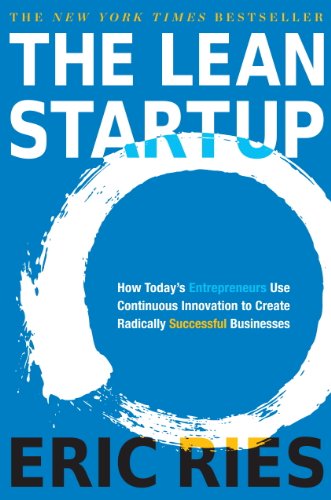

This article is an excerpt from the Shortform summary of "The Lean Startup" by Eric Ries. Shortform has the world's best summaries of books you should be reading.
Like this article? Sign up for a free trial here .
What is the Build Measure Learn feedback loop from Lean Startup? How do you step through the loop to build your company? Learn more from this guide from Lean Startup
Introduction to Build-Measure-Learn
With your startup, your goal is to learn as quickly as you can with disciplined experiments. Central to Lean Startup is the Build-Measure-Learn feedback loop.
Let’s step through this loop once:
First, you set your hypothesis. What do you believe about your customers that is vital to your business? How are you going to measure this?
Next, you build the MINIMAL product necessary to test the hypothesis. This is the build step of the Build-Measure-Learn loop.
Next, you run the experiment. Often this means exposing users to the product and collecting data on their behavior. This is the Measure step of Build-Measure-Learn.
Finally, you analyze the data and reflect – how far off was your hypothesis? What do you need to change about your strategy? Should you actually change your entire direction? This is the Learn step of the Build-Measure-Learn feedback loop.
The faster you move through this Build-Measure-Learn loop, the faster you’ll learn, and the more progress you’ll make. Imagine how much you’d learn from 10 steadily improving prototypes vs 1 giant, fully-featured prototype.
This part of The Lean Startup summary will teach you new methods on how to learn more, faster.null
Chapter 5: Leap
The first step of Build-Measure-Learn is to build something. But what do you build? What should your prototype be?
Every startup begins with a set of hypotheses about how the business will work. As stated above, there are typically two core hypotheses: the Value hypothesis (what your users want), and the Growth hypothesis (how your startup will grow). These are the core of what you want your Build-Measure-Learn to figure out.
Some hypotheses are very un-risky – they’re very likely to be true. If your business will rely on advertising for revenue, for example, chances are good that you’ll be able to procure the same advertising rates as competitors in your industry. Online advertising has matured enough that advertisers know how much they want to pay for which types of ads across the Internet.
But other hypotheses are much riskier and less likely to be true. Often, these riskiest hypotheses underlie the reason your business exists. Namely:
- Do people actually have the problem you believe they have?
- Do they actually want what you’re offering?
- Are they willing to pay for it?
This is what you want to figure out with Build-Measure-Learn.
The Dangerous Startup by Analogy
One insidious way to frame your business is by analogy. For example, when Uber paved the way for on-demand services, a litany of companies cropped up to start the “Uber of [blank].” The logic was as follows: “We are the Uber of laundry servicing. Uber allows users to request a car on demand using a mobile app, reducing friction far beyond hailing a taxi. Similarly, our users request laundry services on demand, we pick the clothes up and launder in our laundry rooms, and we deliver their laundry to their home 24 hours later. The laundry industry is worth $15 billion. Just as Uber is now larger than the entire taxi industry, we will be larger than the entire laundry industry.”
Sound good?
This argument sounds superficially reasonable. In particular, by mere association with an uber-successful company, your idea looks better.
But this analogy hides the underlying assumptions about how the business will work. In reality, they’re ignoring deep problems with this strategy that will be uncovered by Build-Measure-Learn. A more accurate restatement of the pitch is as follows…
———End of Preview———

Like what you just read? Read the rest of the world's best summary of "The Lean Startup" at Shortform . Learn the book's critical concepts in 20 minutes or less .
Here's what you'll find in our full The Lean Startup summary :
- How to create a winning Minimum Viable Product
- How to understand how your startup will grow
- The critical metrics you need to track to make sure your startup is thriving






